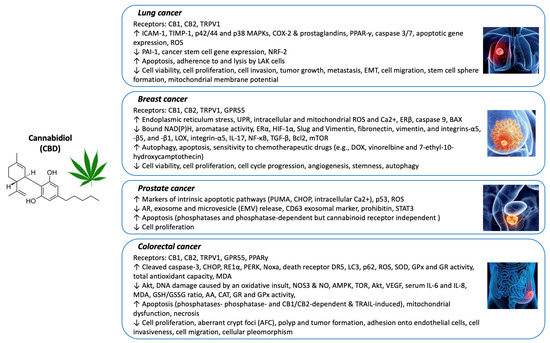
“Cannabis, a genus of perennial indigenous plants is well known for its recreational and medicinal activities. Cannabis and its derivatives have potential therapeutic activities to treat epilepsy, anxiety, depression, tumors, cancer, Alzheimer’s disease, Parkinson’s disease, to name a few.
This article reviews some recent literature on the bioactive constituents of Cannabis, commonly known as phytocannabinoids, their interactions with the different cannabinoids and non-cannabinoid receptors as well as the significances of these interactions in treating various diseases and syndromes.
The biochemistry of some notable cannabinoids such as tetrahydrocannabinol, cannabidiol, cannabinol, cannabigerol, cannabichromene and their carboxylic acid derivatives is explained in the context of therapeutic activities.
The medicinal features of Cannabis-derived terpenes are elucidated for treating several neuro and non-neuro disorders. Different extraction techniques to recover cannabinoids are systematically discussed. Besides the medicinal activities, the traditional and recreational utilities of Cannabis and its derivatives are presented. A brief note on the legalization of Cannabis-derived products is provided.
This review provides comprehensive knowledge about the medicinal properties, recreational usage, extraction techniques, legalization and some prospects of cannabinoids and terpenes extracted from Cannabis.”
https://pubmed.ncbi.nlm.nih.gov/34838836/
“Cannabinoids have therapeutic effects against various health disorders.•
Medicinal effects are due to the interactions of cannabinoids with bio-receptors.•
Cannabinoids can be extracted from Cannabis plant products by eco-friendly extraction methods.”
https://www.sciencedirect.com/science/article/abs/pii/S0045653521034846?via%3Dihub













